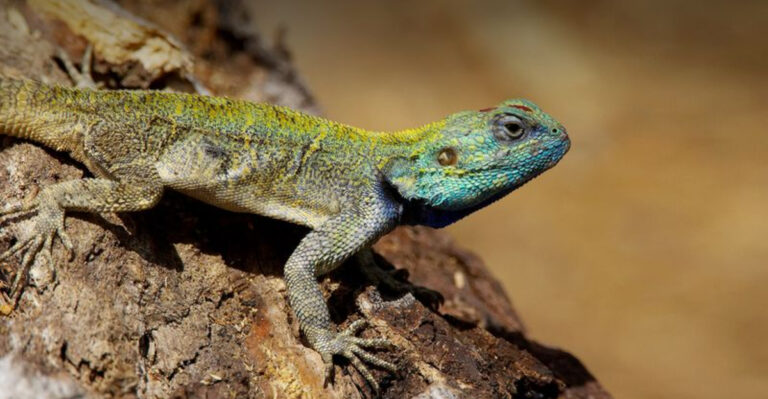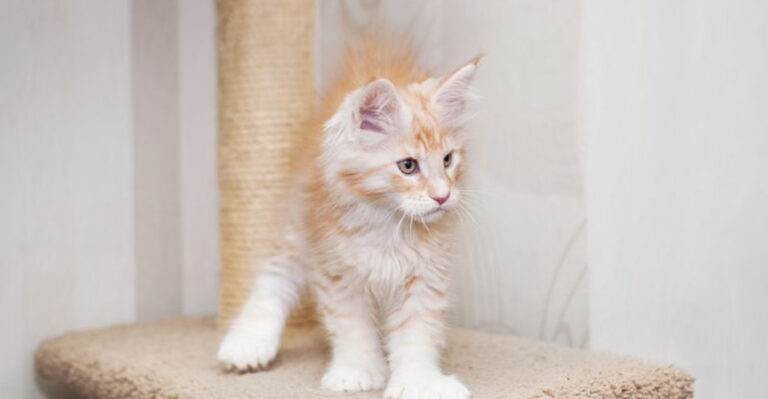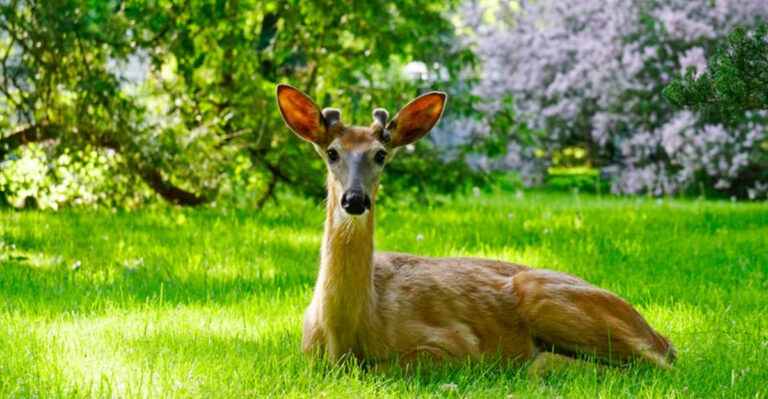14 Reptile Pets That Don’t Need A Heat Lamp To Thrive
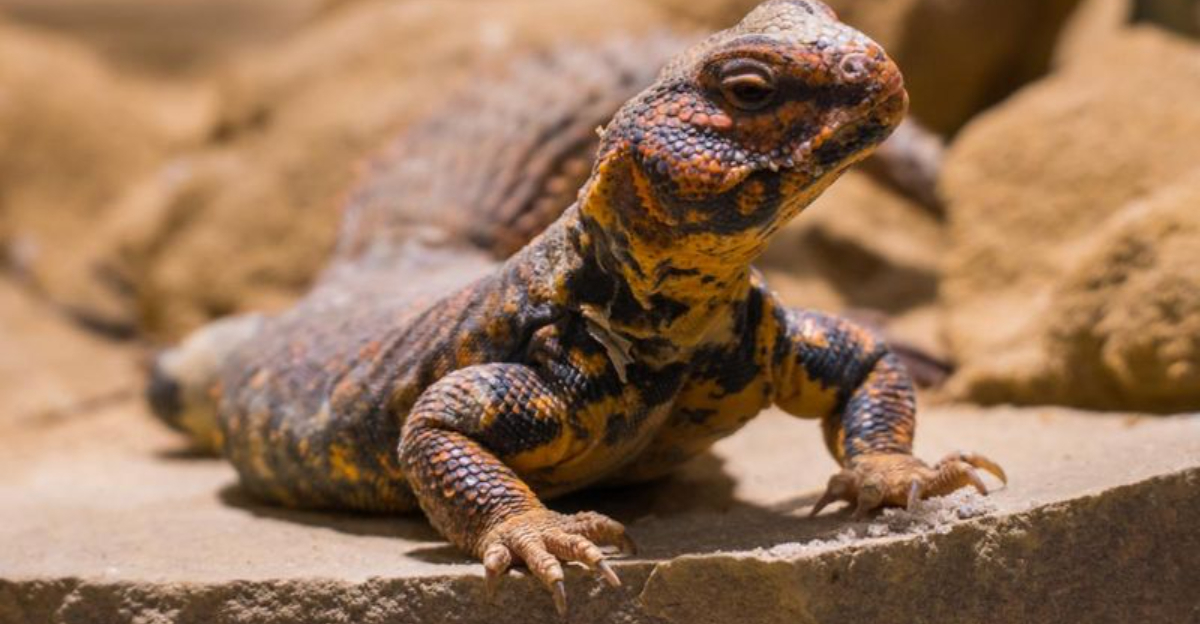
Keeping reptiles as pets can seem intimidating, especially when you think about all the special equipment they might need.
Many people believe all reptiles require heat lamps to survive, but that’s not always true! Some reptile species are naturally adapted to thrive at regular room temperatures. If you’re looking for a scaly friend that won’t rack up your electricity bill, check out these amazing heat-lamp-free options.
1. Leopard Gecko
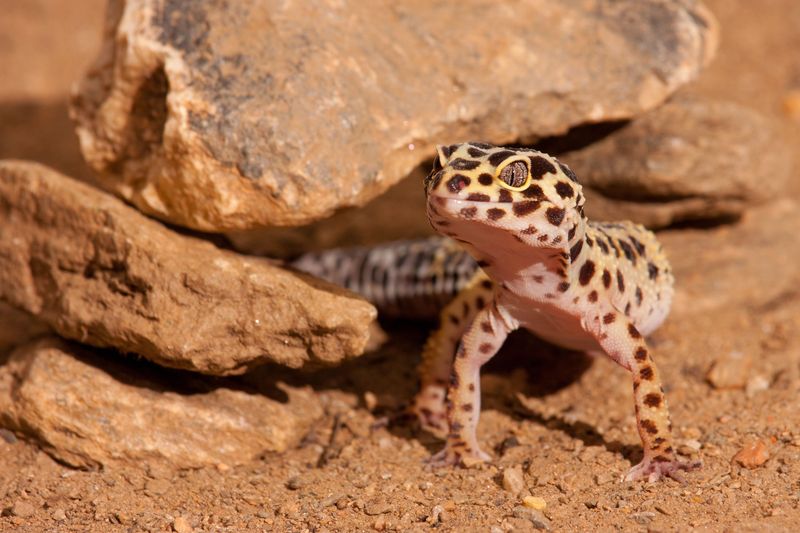
Leopard Geckos are the perfect starter reptile for anyone concerned about complex setups. These spotted beauties naturally come from rocky desert regions but adapt surprisingly well to standard room temperatures between 70-75°F.
Their slow metabolism allows them to regulate body heat efficiently without external sources. Just provide a warm hide spot in their enclosure, and these charming nocturnal hunters will thrive without the extra electricity costs!
2. Crested Gecko
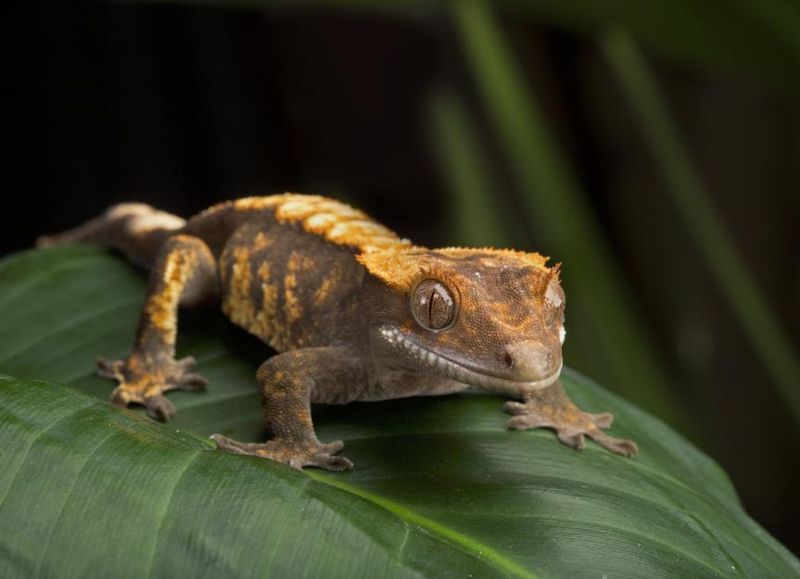
Native to New Caledonia’s temperate forests, Crested Geckos vanished for decades until scientists rediscovered them in 1994! These fascinating creatures sport distinctive eyelash-like crests and sticky toe pads that let them climb virtually anything.
Happiest at 70-75°F, they actually stress when temperatures exceed 80°F. Their natural adaptation to moderate climates makes them perfect apartment dwellers requiring zero additional heating equipment.
3. Ball Python
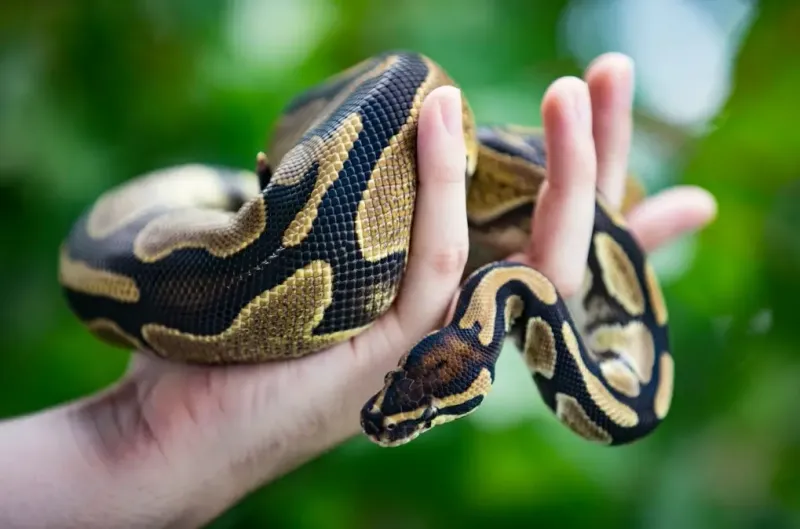
Contrary to popular belief, Ball Pythons don’t always need heat lamps! These gentle serpents earned their name from their defensive ball-curling behavior when startled.
As long as your home maintains a steady 75-80°F, these docile reptiles will flourish without supplemental heating. Their calm temperament and manageable size (typically 3-5 feet) make them fantastic companions for snake enthusiasts who prefer simpler setups.
4. African Fat-Tailed Gecko
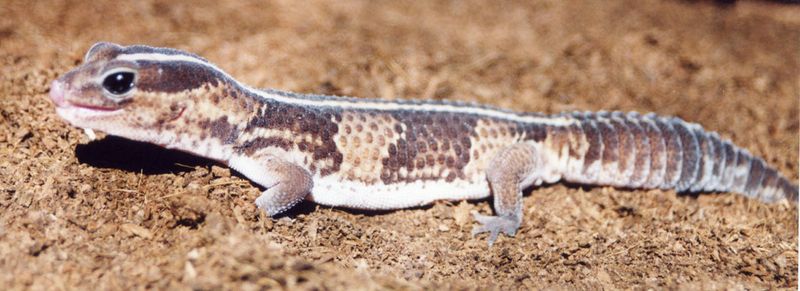
Meet the Ball Python’s lizard equivalent! African Fat-Tailed Geckos store energy reserves in their tails, helping them regulate temperature naturally. These ground-dwelling reptiles display fascinating patterns of browns, oranges, and whites.
With a gentle disposition and low-maintenance care requirements, they thrive at standard room temperatures around 75°F. Their nocturnal nature means they’re most active when you’re winding down in the evening.
5. Russian Tortoise
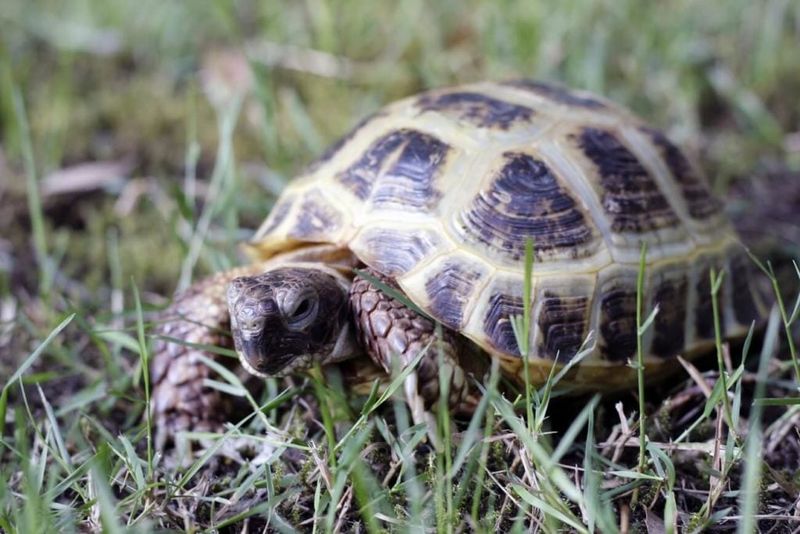
Hailing from Central Asia’s cool steppes, Russian Tortoises bring prehistoric charm to modern homes! These hardy herbivores survive extreme temperature fluctuations in the wild, making them remarkably adaptable to indoor living.
At 70-80°F, they’ll happily munch on dandelions and hibiscus flowers while displaying their unique personalities. With proper care, these shelled companions can become multi-generational family members, living 40+ years!
6. Blue Tongue Skink
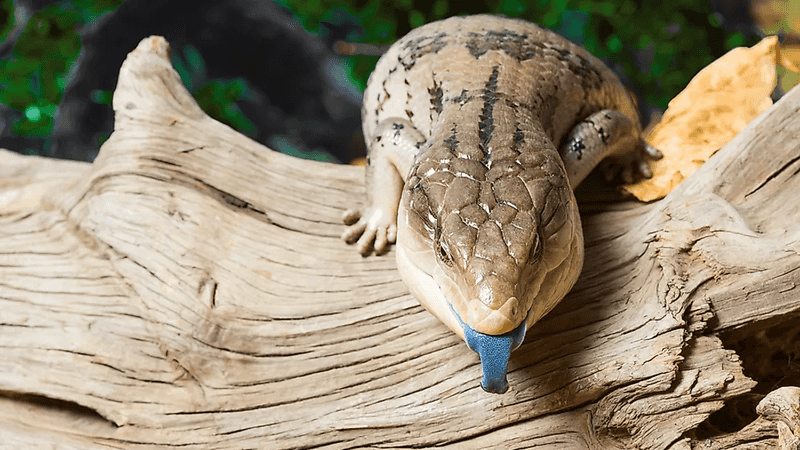
Ever seen a lizard flash a bright blue tongue? These charismatic Australian natives use this startling display to scare off predators. Blue Tongue Skinks possess dog-like personalities—they recognize owners and enjoy gentle handling.
Thriving at typical home temperatures between 70-80°F, these omnivorous reptiles require no special heating equipment. Their stocky bodies and inquisitive nature make them fascinating pets that connect easily with humans.
7. Common Snake Neck Turtle
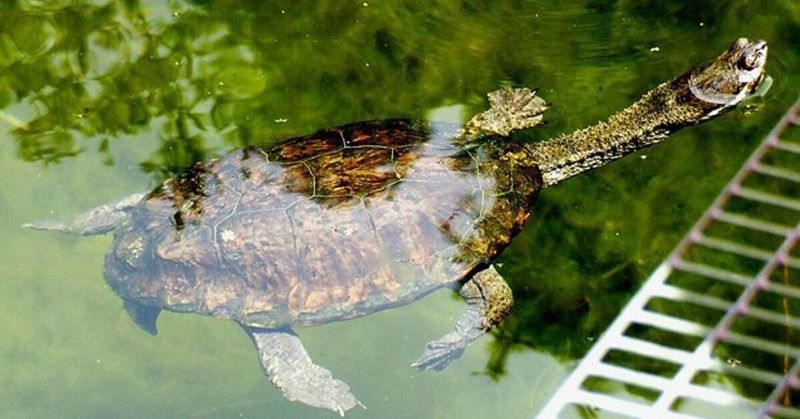
With necks stretching longer than their shells, these quirky aquatic turtles resemble miniature plesiosaurs! Common Snake Neck Turtles originate from Australia’s cool waters and prefer temperatures around 70-75°F—exactly what most homes provide.
Unlike many aquatic species, they don’t require basking lamps for digestion. Their carnivorous diet and fascinating hunting technique (striking like snakes) make them captivating pets for turtle enthusiasts seeking something extraordinary.
8. Anole Lizard
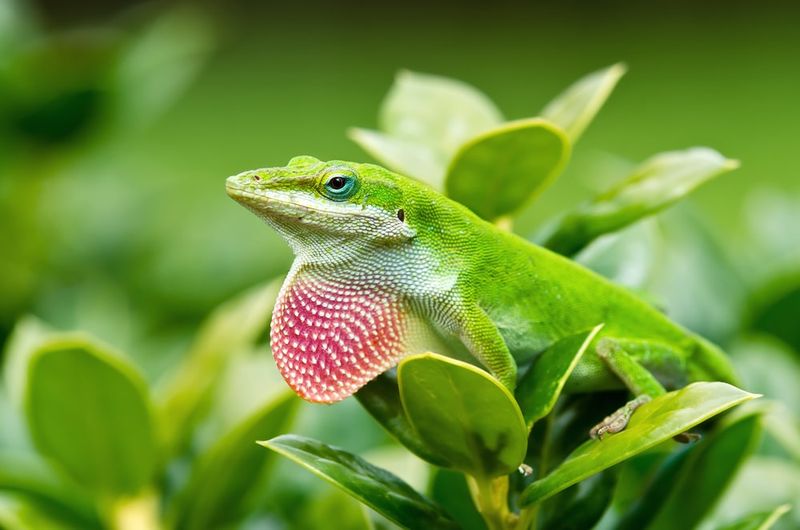
Color-changing masters of the reptile world, Anole Lizards shift from bright green to brown depending on mood, temperature, and surroundings. Males sport a dramatic red dewlap under their throats for impressive territorial displays.
These tiny tree-dwellers thrive at standard room temperatures around 70-75°F without supplemental heating. Their active daytime behavior and entertaining courtship rituals provide endless observation opportunities for nature enthusiasts of all ages.
9. Mediterranean Tortoise
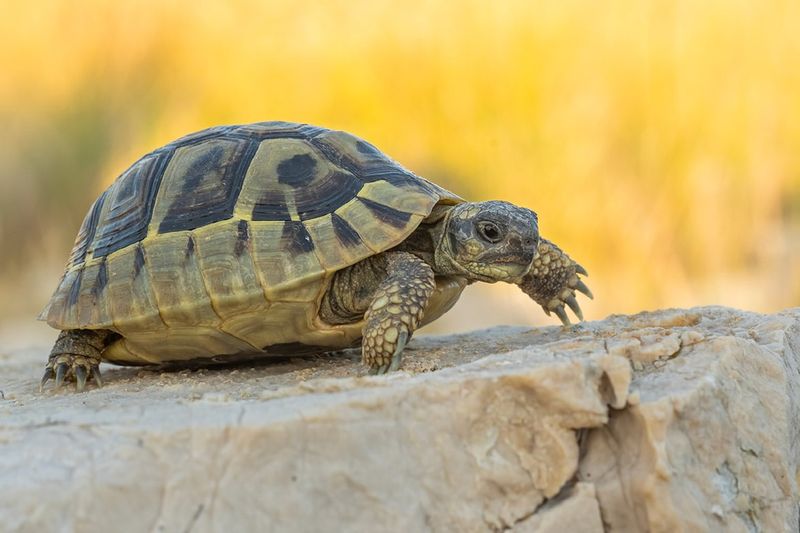
Ancient Romans kept these charming tortoises as pets—now you can too! Mediterranean Tortoises include several species (Hermann’s, Greek, and Marginated) that have adapted to mild European climates over millions of years.
Happy at room temperatures around 70-80°F, they require no special heating equipment. Their herbivorous diet, curious personalities, and methodical movements create a calming presence in any home. Many develop distinct preferences for certain foods and activities!
10. Sulcata Tortoise
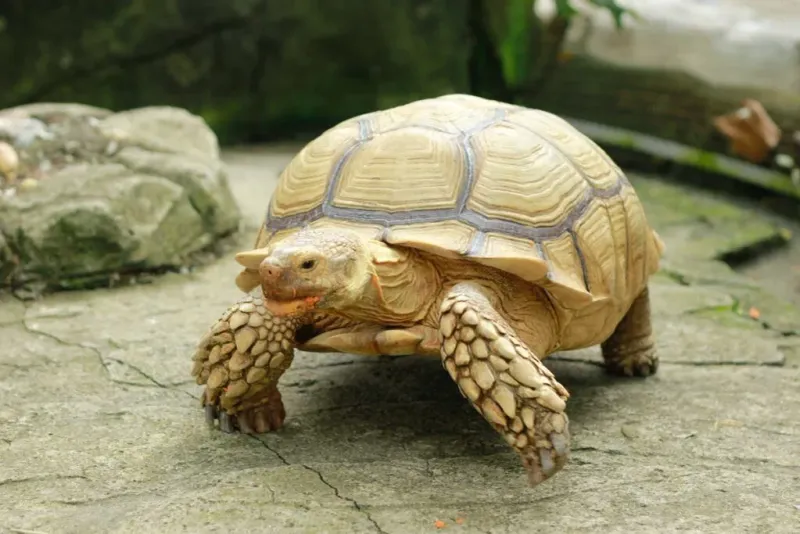
Starting palm-sized but potentially growing larger than a coffee table, Sulcata Tortoises represent serious commitment! These African giants originate from warm savannas but adapt remarkably well to stable indoor environments around 75°F.
Young Sulcatas thrive without heat lamps when kept in consistently warm rooms. Their bulldozer-like digging behavior and surprising speed make them entertaining companions. Just remember—adopting one means potentially passing it to your grandchildren!
11. Giant Day Gecko
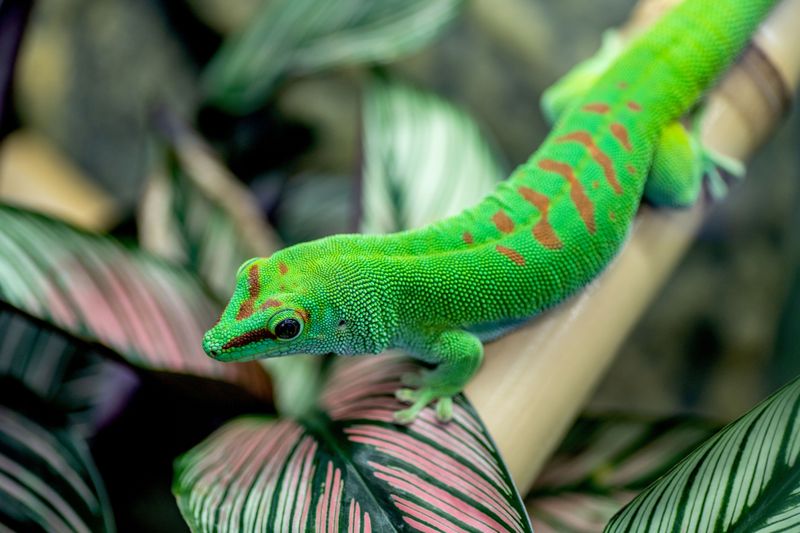
Remember the GEICO gecko? His wild cousins, Giant Day Geckos, sport vibrant emerald bodies with crimson speckles that seem almost unreal! These Madagascar natives thrive in homes maintaining temperatures between 72-78°F.
Unlike nocturnal gecko species, these beauties remain active during daylight hours. Their incredible climbing abilities (they can walk upside-down on glass!) and fruit-loving diet make them fascinating pets. Though not handleable, they develop recognition of caretakers.
12. Indian Star Tortoise
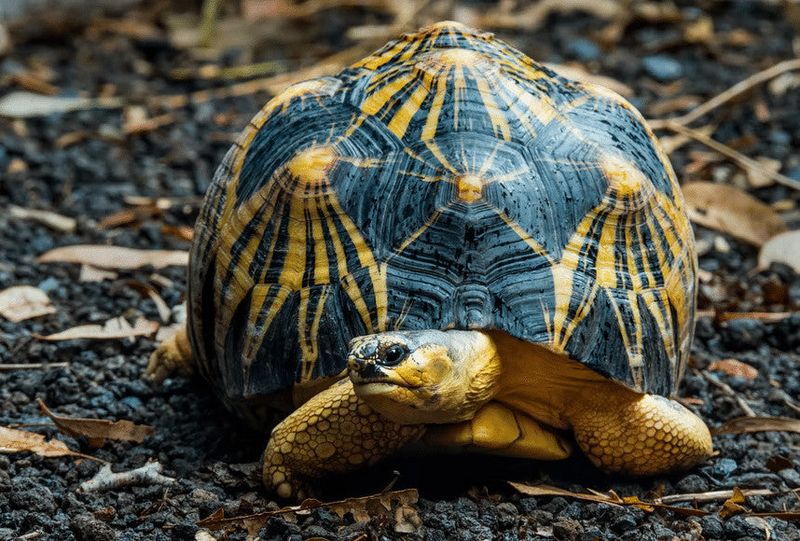
Walking constellations! Indian Star Tortoises showcase stunning geometric patterns radiating from each scute on their domed shells. These natural works of art evolved in India’s varied climate and adapt beautifully to average home temperatures.
Maintaining rooms at 75-80°F eliminates any need for heat lamps. These vegetarians display remarkable intelligence, recognizing their keepers and developing preferences for favorite foods. Their gentle nature makes them excellent companions for patient reptile enthusiasts.
13. Bearded Dragon (In Cooler Climates)
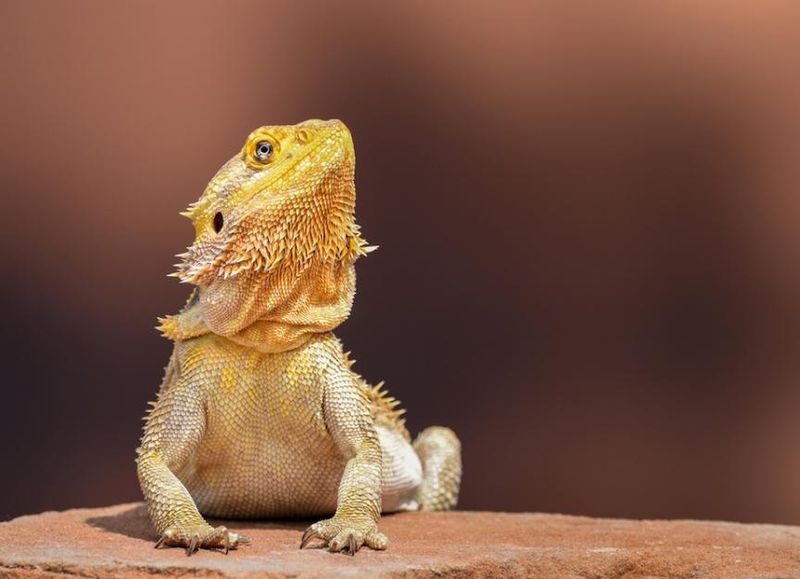
“Beardies” rank among the most popular reptile pets for good reason—they’re basically scaly puppies! These Australian natives typically need heat lamps, but here’s a secret: in naturally warm homes (78-80°F), they can thrive without one.
Providing a warm basking spot near a sunny window often suffices in temperature-controlled environments. Their head-bobbing communication, hand-feeding potential, and puppy-like recognition of owners make them irresistibly charming companions for reptile lovers.
14. Spiny-Tailed Lizard
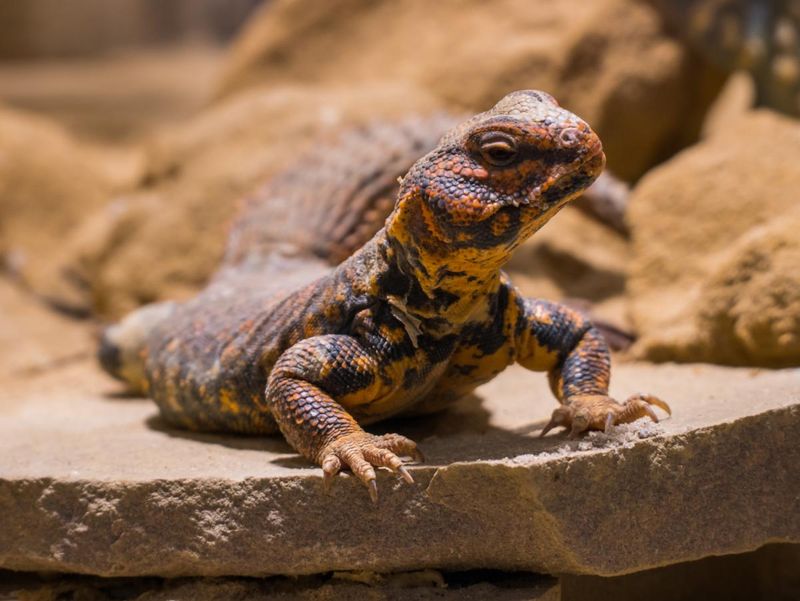
Armored like miniature dinosaurs, Spiny-Tailed Lizards (Uromastyx) sport impressive defensive tails covered in sharp, protective scales. These desert-dwellers might surprise you with their herbivorous diet—they thrive primarily on greens and seeds!
In homes maintaining temperatures around 75-80°F, these fascinating reptiles require no additional heating. Their calm demeanor, long lifespan (15-30 years), and amusing burrowing behaviors make them rewarding companions for dedicated reptile enthusiasts.

